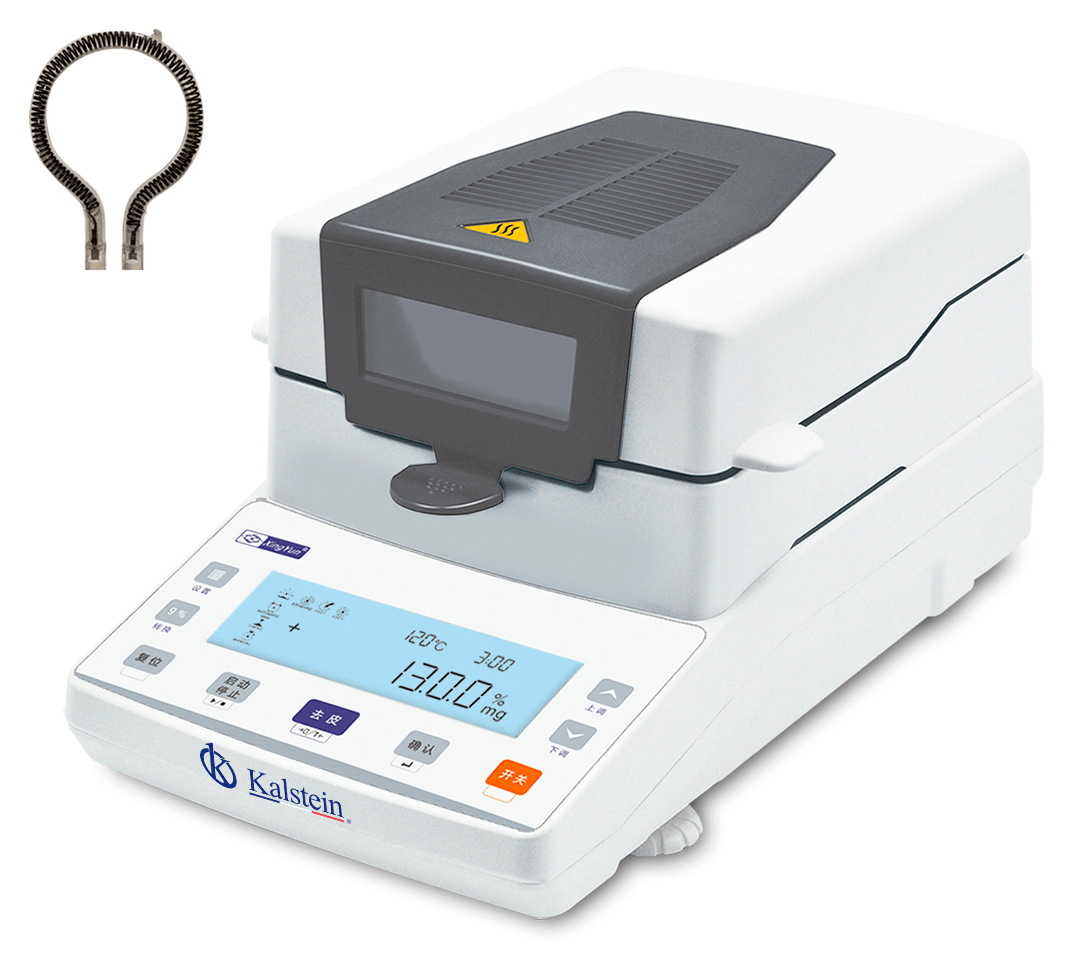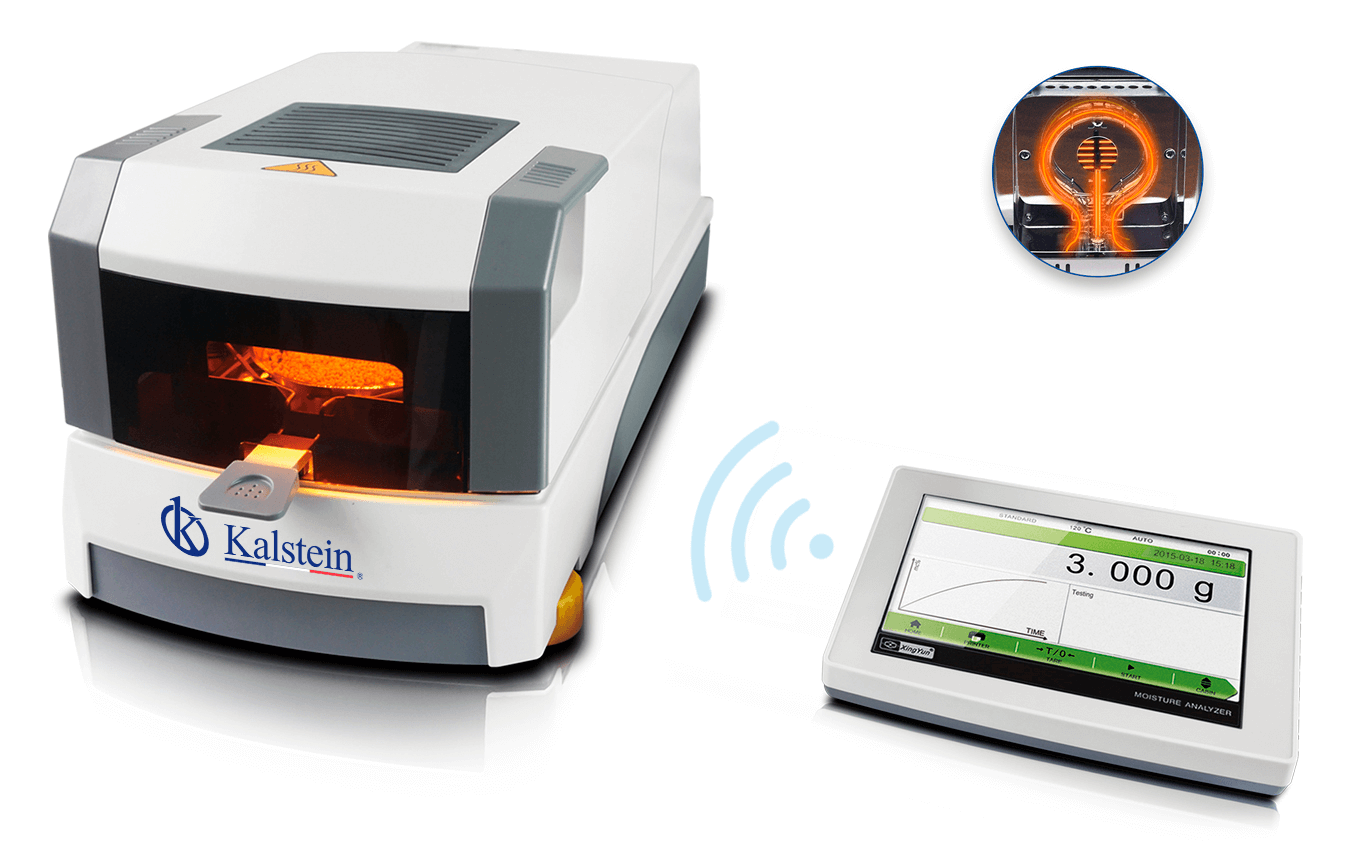In some procedures, cells must be maintained, or cultured during periods that ranges from a few hours to many weeks. That is why when it comes to cultivation you need to have a CO2 incubator, a device in which not only the temperature, but also the humidity and carbon dioxide content, must be controllable. It is essential to maintain the atmosphere in a CO2 incubator to protect the samples.
There are a number of incubators that are supported by a heated air jacket and in some cases by a water jacket. These elements ensure an even temperature distribution and temperature stability. Another factor these elements guarantee is the rapid recovery time after the door has been opened. Finally, the maintenance of the temperature after a power failure is also guaranteed. On the other hand, the air jacket prevents condensation from forming.
CO2 incubators for laboratory
Normally, the interior of CO2 incubators are made from corrosion-free stainless steel and In order to observe the chamber load without affecting the atmosphere inside the chamber, CO2 incubators are usually equipped with an inner glass door. About the air humidity, you should know that the regular temperature in a CO2 incubator is around the same temperature as the human body (37 °C). The main goal of a CO2 incubator is to maintain humidity in a controlled manner and at the same time to avoid condensation in the interior. The way this happens is through direct contact of water with the floor or through a controllable activity system for humidification and dehumidification in which the water supply lies outside the working chamber. After this, the water from the external water tank is heated up in a vaporator and fed into the chamber as steam, which means that only sterile water (pyrolytic germ barrier) humidifies the chamber and the samples and the humidity can be applied in specific doses.
Another vital thing in a CO2 incubator is the chamber heating. Maintaining the atmosphere is absolutely essential for these devices in order to protect the samples. This is why there is a whole range of different heating systems in practice that are supported in part by motorized fans, and in part by air circulation systems free of turbulence.
CO2 incubator function
It is important that you keep in mind that sterilization and decontamination are fundamental aspects when it comes to the use of CO2 incubators. You should know that prior to each new load, a CO2 incubator must be cleaned to avoid cross-contamination of the chamber load. In addition, some appliances allow sterilization of the interior with UV light; others provide permanent air filtering. Air filters such as HEPA filters, require additional resources of time and money, since they need to be replaced. A further quality criterion for modern CO2 incubators is the option of decontaminating or sterilizing the interior, including fittings and sensors. Hot-air sterilization between 160 °C and 180 °C is quite common and recognized as a safe procedure. The German pharmacopeia 10 (DAB 10), a collection of recognized pharmaceutical rules concerning quality, testing, storage, dispensing and labelling of drugs and the substances of legally binding character that are used in their production, stipulates the following reference values for the duration of sterilization.
Finally, it is important to remember that every time someone opens the door of an incubator, they disrupt the temperature of the interior. Currents of warm and cool air swirl around inside, and the incubator’s temperature control system must work to return the interior’s temperature to the set level. In order to avoid this, water jackets are one type of mechanism that makes incubators less susceptible to fluctuating temperatures.
Know more of our CO2 Incubators. Visit our catalog HERE



